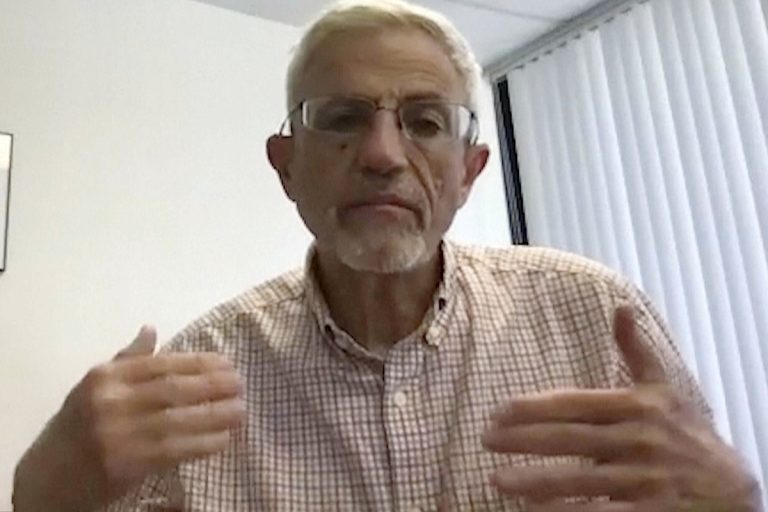Remember the “fact or opinion” game from elementary school? The teacher makes a statement like “the sky is blue” or “vanilla ice cream is better than chocolate,” and students decide whether it is a fact or an opinion. The game aims to show that only observable or scientific facts are objective (the sky is blue), while value judgments are mere opinions (vanilla is better than chocolate). Things we can see, hear, taste, touch or smell are non-negotiable. Everything else? Well, that depends on who you ask.
But what if the teacher instead said: “Falsifying scientific articles is always wrong. » Is this a fact or an opinion?
The question is not hypothetical. Recently, the National Institutes of Health found one of its top neuroscientists guilty of scientific misconduct. The Associated Press reported that Dr. Eliezer Masliah, director of neuroscience at the NIH’s National Institute on Aging, apparently used manipulated or duplicated images in countless studies.
Specifically, Masliah published the same “figure panels” purporting to show experimental results in different studies on different people’s brains and cells. Some even appear to be edited in a way that duplicates or “clones” pixels within an image or between images. In other words, they did not show what the newspapers claimed to show and what everyone who read them thought they showed.
Although the NIH has already informed two journals of the errors they were tricked into publishing, this is only the tip of the iceberg. The journal Science reported that Masliah had published numerous papers on synaptic damage in Parkinson’s and Alzheimer’s diseases, some while he was a researcher at the University of California. Critics now say that more than 100 articles co-authored by Masliah as early as 1997 contain suspect images, and some of those articles have already played a role in the development of drugs and treatments.
“I’m amazed,” a leading Alzheimer’s disease researcher told Science. “Hundreds of images. There must have been continuous manipulation for years.”
A German neuroscientist called the mistake “breathtaking.” I was basically falling out of a chair,” he said.
It remains unclear exactly how deep the misconduct of this top government scientist went and how many patients’ lives were affected as a result. And that should make us all uncomfortable. What are the chances that there is only one bad apple? Why wasn’t he arrested sooner? This is another blow to the credibility of mainstream science and the medical establishment at a time when their public image is already in poor shape. And we wonder what’s next.
As journalist Andrew Egger noted on around 2007…”
Which, of course, means a crash could occur.
Author and theoretical chemist Neil Shenvi has identified the reason why such misconduct destabilizes and discredits science: “There can be no science without virtue. »
Think about it for a moment: everything scientists do – from performing experiments to collecting data to writing up their results to seeking publication to applying for grants – it all depends on virtue, particularly of the virtue of honesty. Scientists must consider from the beginning of the scientific process that falsification of results, regardless of the motive, is wrong. And they need to understand that this is not just a “vanilla is better than chocolate” opinion. This is an objective fact comparable to “two plus two equals four”, and any endeavor recognizable as science (as opposed to propaganda or fraud) depends on this belief in the truth.
CS Lewis understood this when he wrote a book about how teaching students to treat values as subjective would inevitably lead to the “abolition of man.” In other words, he believed that right and wrong are fundamental to our humanity, not only when we are in the pulpit or in the jury box, but also when we are in the laboratory, the operating room or even in the art studio.
Our knowledge of what “is” depends intimately on our belief in a duty. Without trust in each other’s ethics, we have no reason to value anyone’s expertise. The questions swirling today in the field of Alzheimer’s and Parkinson’s research are undoubtedly proof of this.
Education must therefore include moral training. The fact or opinion game teaches precisely the wrong lesson: only concrete, observable things are “real.” It turns out that the concrete, observable things that scientists write about are at the mercy of the first scientist who wants to cut corners and knows how to use Photoshop. And it’s not just my opinion. It’s a fact.
From Breakpoint, November 26, 2024; reprinted with permission from the Colson Center, breakpoint.org.


